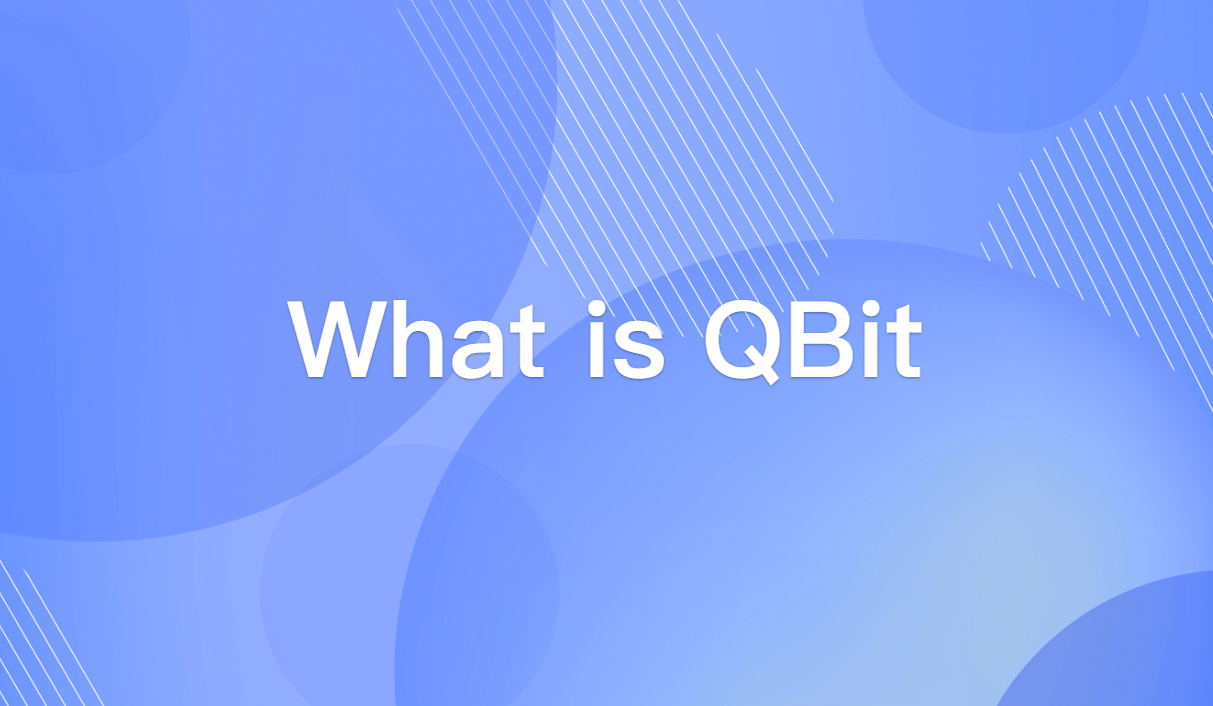What Is a Qbit? Unlocking the Building Blocks of Quantum Computing
If you have been following the latest tech trends, you have probably heard the buzzwords like Quantum Supremacy, Entanglement, and Next-Gen Processing. But at the center of this sci-fi-sounding revolution sits a tiny, fundamental unit: the Qbit.But what is a qbit, exactly? To the average user, a computer is just a machine that processes information. However, under the hood, the difference between the laptop you are using right now and a quantum computer is like the difference between a candle and a laser beam.In this guide, we are going to strip away the complex physics jargon and explain the qbit in plain English, showing you why this tiny unit of information is about to change the world.

What is Qbit?
First, let us handle the spelling. You will see it written as qbit, qubit, or fully spelled out as quantum bit. They all mean the same thing.
In classical computing, which powers your phone, laptop, and smart fridge, everything runs on bits. A classical bit is like a light switch: it is either ON (1) or OFF (0). There is no middle ground. Every photo you save, every email you write, and every game you play is fundamentally just a massive string of these 1s and 0s.
So, what is a qbit? A qbit is the basic unit of information in quantum computing. Unlike a classical bit, a qbit does not have to choose between being a 1 or a 0. Thanks to the laws of quantum mechanics, it can be both at the same time.
The Spinning Coin Analogy
Imagine a coin sitting on a table to understand the difference.In the world of a Classical Bit, the coin is static. It is either Heads (representing 1) or Tails (representing 0).In the world of a Qbit, the coin is spinning rapidly on the table. While it is spinning, is it heads or tails? It is actually both and neither, all at once. It has a probability of being heads and a probability of being tails. This state is what scientists call Superposition, and it is the secret sauce that gives qbits their immense power.
How Qbits Work:
To truly understand the answer to what is qbit technology, you have to grasp two mind-bending concepts: Superposition and Entanglement.
Superposition
As mentioned with the spinning coin, superposition allows a qbit to exist in multiple states simultaneously. A 2-bit classical register can store one of four numbers at a time (00, 01, 10, or 11). However, a 2-qbit quantum register can store all four numbers at once due to superposition. This means that as you add more qbits, the computing power grows exponentially, not linearly.
Entanglement
This is the part that Einstein famously called spooky action at a distance. Quantum entanglement occurs when pairs or groups of qbits are generated in such a way that the state of one qbit cannot be described independently of the others.
If you take two entangled qbits and separate them, putting one in New York and one in London, changing the state of the New York qbit will instantly affect the London qbit. This allows quantum computers to process complex data structures much faster than supercomputers ever could.
Classical Bit vs Qbit
For the visual learners out there, here is a breakdown of how your current computer compares to a quantum machine.
| Feature | Classical Bit | Qbit (Quantum Bit) |
|---|---|---|
| Basic Unit | Transistors (Silicon chips) | Superconducting loops, trapped ions, or photons |
| State | Binary: 0 OR 1 | Superposition: 0, 1, or both simultaneously |
| Processing | Sequential (One by one) | Parallel (Simultaneous calculation) |
| Scaling Power | Linear (1:1 growth) | Exponential (doubles with every new qbit) |
| Ideal Use | Spreadsheets, Streaming, Web Browsing | Drug Discovery, Climate Modeling, Cryptography |
Making Qbits Real: It Is Not Just One Technology
Now that we have compared the theory, it is important to understand that a qbit is not a single, specific physical object. Just like a classical bit can be represented by a switch, a voltage pulse, or a magnetic domain on a hard drive, a qbit can be created using several different approaches in physics. The race to build the best qbit is currently dividing the tech world.
Superconducting Qbits
This is the approach favored by tech giants like Google and IBM. These qbits are made from tiny loops of superconducting wire. The current flows back and forth in the loop simultaneously—a physical manifestation of superposition. While these are fast, they are also relatively large and prone to interference, requiring those massive dilution refrigerators you see in press photos.
Trapped Ion Qbits
Companies like IonQ take a different route. They use individual atoms (ions) suspended in a vacuum by electromagnetic fields. These qbits are naturally identical and hold their quantum state longer than superconducting loops, making them more stable, though they are currently slower to calculate.
Photonic Qbits
Instead of matter, some researchers use particles of light (photons) to act as qbits. These can function at room temperature, which is a massive advantage. However, keeping photons entangled as they move through a processor presents a unique set of engineering hurdles.
Qbits and the Future of Artificial Intelligence
One of the most exciting frontiers is where qbits meet machine learning. This field, known as Quantum Machine Learning (QML), aims to use the unique properties of qbits to accelerate AI training.
Classical computers struggle with optimization problems—like figuring out the most efficient delivery routes for a million trucks or predicting how proteins fold. Because qbits can analyze vast landscapes of probabilities simultaneously, they could theoretically train AI models in hours that would take classical clusters months to complete. This symbiosis could lead to smarter AI that requires far less energy to run.